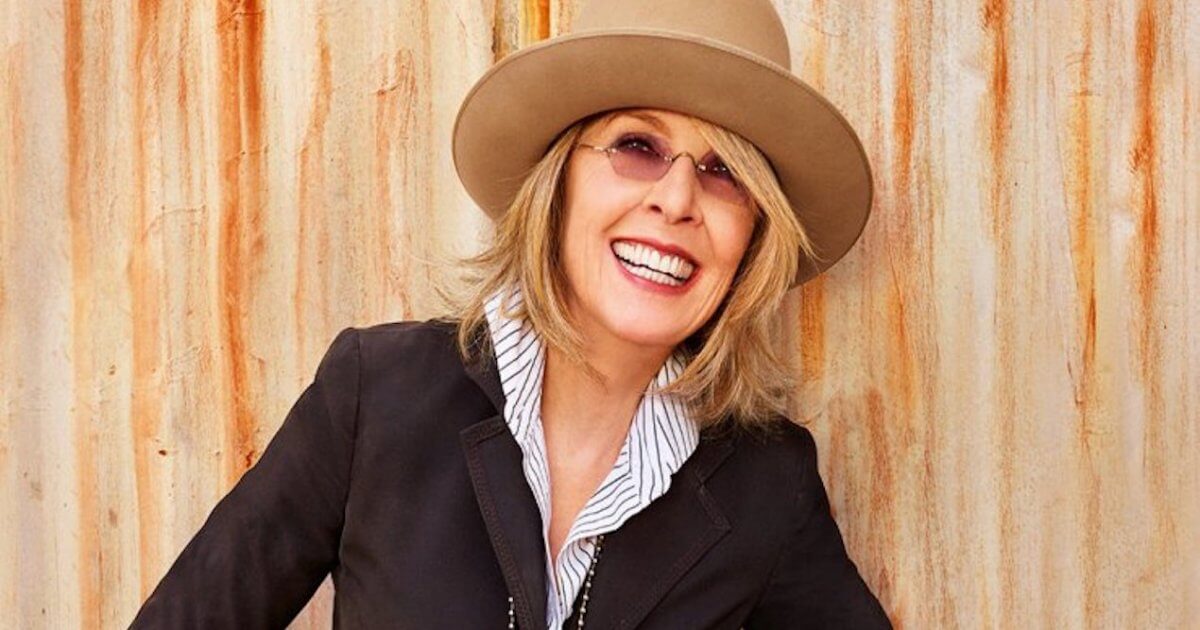Oscar-winning actress, Diane Keaton celebrates the pure joy of friendship, regardless of race, in a heartwarming Instagram post, writing (with her caps-lock key stuck): “THESE PARISIAN PALS ARE HAPPY TO REUNITE AFTER QUARANTINE AND DANCE TOGETHER AGAIN!!!”
Read More“When I was growing up, [sun protection] wasn’t even around or discussed. … I’m so protected now. I take vitamin D,” she’s said as spokesperson for L’Oreal Paris. “You’ve got to put the sunblock on, you’ve got to go to the dermatologist, you have to take care of yourself and pay attention, and you have to apply it more than once when you’re laying in the sun.”
More recently, she was diagnosed with squamous cell carcinoma. Keaton encourages her fans to practice proper sun protection and has shared her family history with the disease (both her father and brother have had BCCs removed).
RELATED: 'Get Your Skin Checked': Hugh Jackman Posts a Skin Cancer Prevention Reminder for Fans
"I've had so many skin cancers. It's a serious problem … I've had a lot of operations," she told msn July. Keaton, who says lately, she's 'hunkered in" with Emmy, her 15-year-old golden retriever, shouted in a recent Instagram post: “LIKE EVERYONE ELSE, I’VE TAKEN THIS HAND WASHING ROUTINE TO THE NEXT LEVEL OF INSANITY.”
What Is Basal Cell Carcinoma?
BCCs can look like sores, red or pink growths, shiny bumps, scars, or slightly misshapen growths, according to the Skin Cancer Foundation. If you have a mark or lump on your skin that you think is suspicious, or if you know you've been exposed to a lot of sun, it's worth it to get checked out by a dermatologist.
Skin Cancer Self-Check
Doing regular self-checks on your skin is important to find skin cancer early — and bring it to the attention of a dermatologist. If you're high-risk, it's especially vital. Dr. Cecilia Larocca, a dermatologist at Dana-Farber Cancer Institute, recommends looking at your skin once a month for anything suspiciousand using the acronym ABCDE as a checklist:
- Asymmetrical moles: if you drew a line straight down the center of the mole, would the sides match?
- Borders: irregular, jagged, not smooth; can also stand for bleeding
- Colors: multiple distinct colors in the mole
- Diameter: larger than 6mm, about the size of a pencil head eraser
- Evolution: This may be the most important, anything that is changing over time such as gaining color, losing color, painful, itching, hurting, changing shape, etc…
Dermatologist Dr. Dendy Engelman shares the top 5 ways to protect your skin from skin cancer.
Top 5 Skin Cancer Prevention Tips
In a conversation with SurvivorNet, dermatologist Dr. Dendy Engelman, a board-certified dermatologic surgeon and an associate at Manhattan Dermatology and Cosmetic Surgery, shared her top tips for preventing skin cancer.
She recommended that everyone keep up with an annual skin check from a professional. While watching for changing moles and new skin lesions is good advice, in addition, “we need to make sure that we have yearly skin checks, because it's difficult to evaluate areas all over the body," Dr. Engelman said. "So, we need to get a professional to make sure that we're monitoring everything that we should."
Wear a sunscreen with an SPF of 30 or higer year-round, she added, and avoid sun during peak hours (between 10 a.m. and 2 p.m.). Don’t forget to protect eyes: Wear sunglasses.
And finally, avoid tanning beds at all costs. If you're looking for a healthy glow, sunless tanner is safest the way to go.
Learn more about SurvivorNet's rigorous medical review process.


